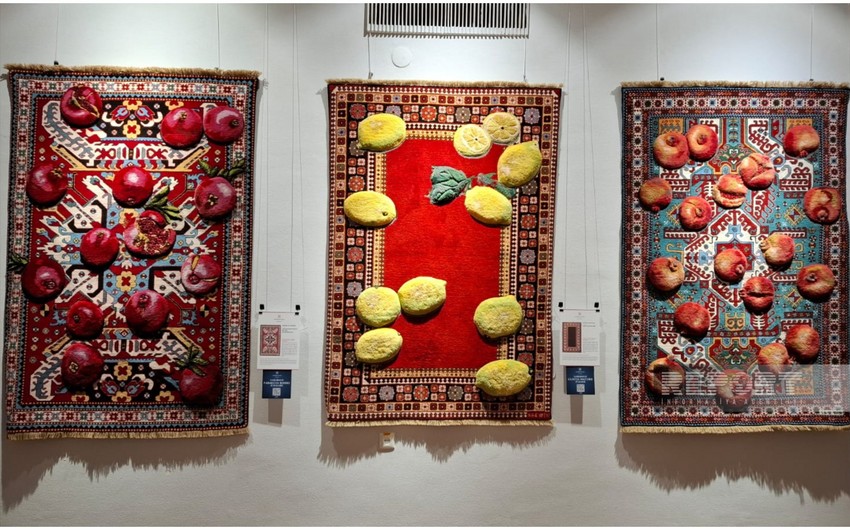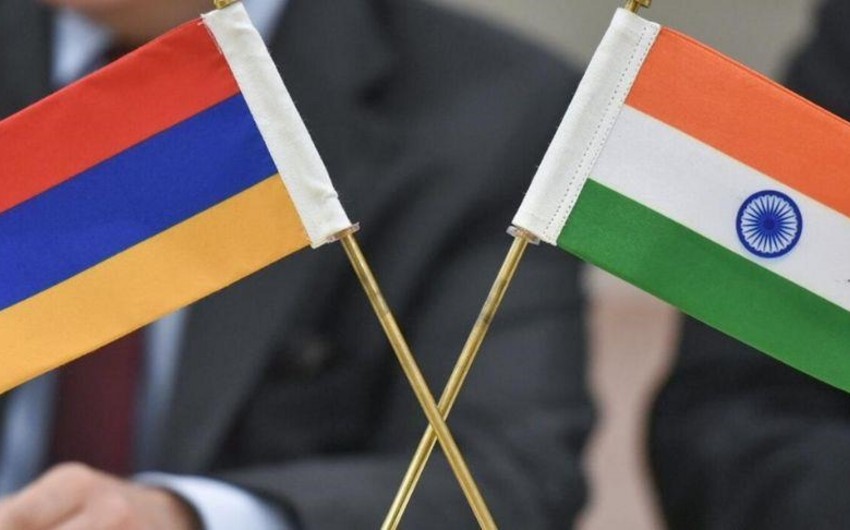Beware of green. It can’t be trusted. Leonardo da Vinci knew, and cautioned his contemporaries against the pigment’s toxic instability. Its beauty, Leonardo warned, “vanishes into thin air”. Volatile and evanescent, green is more than just a colour. It is the energy that connects us to the unknown. Remove green from the palette of art history and a bridge between life and death would disappear. Equal parts morbid and vital, green curdles the cadaverous cheeks of Pablo Picasso’s macabre portrait of his young friend, Carlos Casagemas, who shot himself dead in lovelorn torment at the age of 20, while at the same time ignites with joyous chlorophyllic fire the life-affirming and ever-verdant canvases of Claude Monet.
The racist message hidden in a masterpiece
To dabble in green is not merely to tread a path between being and unbeing, but to make inroads into the mysteries of each. Simultaneously the colour of putrefaction and of verdurous regeneration, green participates with unbiased vividity in decay and rebirth. Perhaps it is green’s teasing ambiguity that compelled Leonardo himself, against his own better counsel, to clad his most famous and enigmatic subject, the Mona Lisa, in a darkening shade of that colour – one that has since bruised itself to a sublime and submarine blackness in the subconscious of cultural history.
Donning the deepest of shadowy green costumes, La Gioconda night-swims in the vitrine of our psyche and has long been recognised as a mystical commuter between the world of the living and that of the dead. “Like the vampire,” the 19th-Century English essayist Walter Pater once wrote of her, “she has been dead many times and learned the secrets of the grave”. Describing Leonardo’s inscrutable sitter as “older than the rocks among which she sits”, Pater proceeds to imagine that Mona Lisa has, throughout history, returned again and again as everything from “a diver in deep seas” to a savvy operator who has woven “strange webs with Eastern merchants”. Ceaselessly resurgent in her murky green gown, which symbolised her status as a merchant’s wife, Mona, according to Pater, was “the mother of Helen of Troy” and the “mother Mary”.
An alternative reading of the riddling portrait only amplifies the eeriness of green’s potential to wed the living and the dead. According to one theory, the depiction of the woman in Van Eyck’s work is herself a composite double-portrait of two successive wives of Giovanni di Nicolao – his first having died in childbirth. Supporters of this view point to tropes of death that haunt the painting, such as the extinguished wick on the candle above her. Certainly the complex convex mirror, bolted to the back of the painting, which warps the couple’s reflection as if into a different continuum of reality, compounds the sense of strangely splitting selves that reverberate from the painting. If ever there was a colour capable of cloaking such a curious compression of life and death, it’s green.
So green goes, sowing into the story of art the mysteries of our own fleeting appearance in the world. The murky green water that laps against the ochre edge of the River Stour in John Constable’s famous Romantic landscape The Hay Wain, delineates a boundary between the world that the artist can see in the here-and-now and one that haunts his imagination from childhood. Look closer at the weave of summer greenness at which the little dog in the foreground appears to pant, and you can barely discern the ghost of a horseman and barrel that the artist had once intended to include in the painting – a spectre that, over time, is re-sculpting itself from the verdurous summer air that Constable has mystically conjured.
Hiding in plain sight
In more recent eras of artistic expression, green has continued to be an enigmatic hue that hides as much as it reveals. Paul Gauguin’s seminal symbolist painting Green Christ is a teasing tangle of the colour’s contradictory connotations. Over a stone statue of the deceased Christ in the middle distance of the painting, a lucent layer of moss has stitched itself like a second skin. The face of a Breton woman, who stands in the shadow of that sculpture, is tinged a sepulchral green, as if she were slowly turning into the life-in-death and death-in-life statue – as if a kind of chromatic continuum exists between the physical world she inhabits and a mystical one that lies beyond.
No contemporary artist has understood more profoundly the rhythms of the visible that is not there and the visible that is, than the Irish-American abstract painter Sean Scully. The bold vertical columns of Scully’s The Bather , inspired by Henri Matisse’s Bathers by a River, painted 70 years earlier, are stripped-down stand-ins for the already over-stylised bodies Scully recalls from Matisse’s work. Intensified by the boxy protrusions that complicate the carpentry of Scully’s work, which physically intrudes into the gallery-goer’s space, the ficus greens of Scully’s torso-wide trunks have succeeded in achieving an effect to which centuries of artists have only aspired: converting green from perishable colour into purest feeling.
Madina Mammadova\\EDnews










